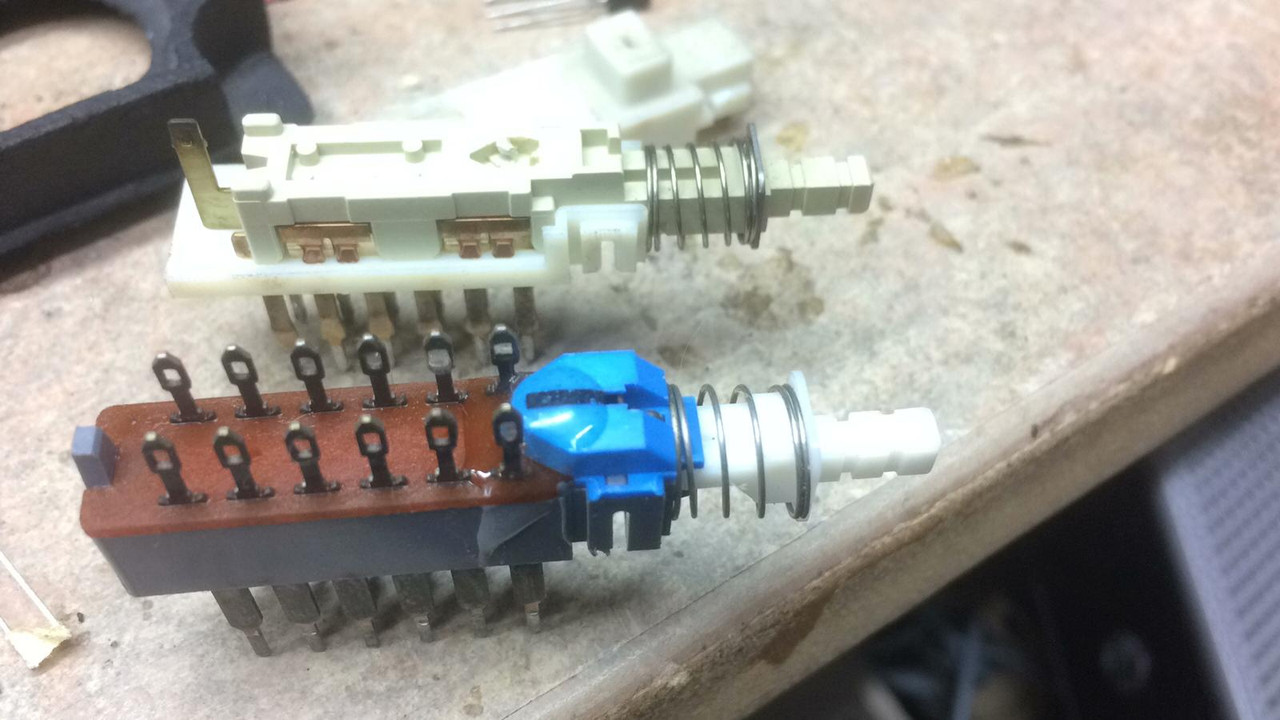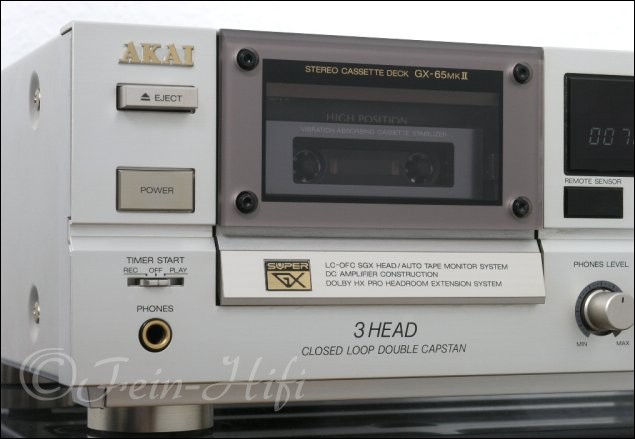
Saburo decided to take a trip to the U.S. The model was well received and orders started coming in fast. This was followed in 1956 by their first independently developed tape recorder, the 900. Nuttawat Boonsinthai of Thailand has generously shared photos and a video of his Akai AT-1 that has been built into a beautiful wood cabinet. In 1954 Akai made its first foray into the tape recorder field by bringing out the AT-1 model, a tape recorder kit. Roberts asked Akai to manufacture the completed tape recorders and said that they would take charge of sales. Technicians at Akai looked over the model, made one of their own and quickly sent this back to their US client. Then in answer to a query from Akai about how their products were being used, Roberts sent back a tape recorder.

The company presented Saburo with overwhelming demand for anything Akai was producing and business expanded rapidly for both as Roberts Electronics began using Akai products. One of these companies was a small producer of audiovisual equipment for education, Roberts Electronics founded by Robert Metzner. Saburo had advertised in the American technical journal " Electronics." The headline "Why not buy Akai technology?" generated inquiries from 5 interested companies. In 1953-4 Akai was one of the few medium sized companies to export goods without going through a wholesaler. The C-5 aroused considerable interest in the US as well and this led Saburo to change his market perspective. Akai responded to this demand by continually upgrading the technology of their phono motors.īy 1951, they had developed the C-5 Variable Speed Motor, which produced minimal noise and vibration and proved extremely popular with audio enthusiasts of the period. At this time recording technology was changing rapidly and there was demand for higher precision record players. Masukichi had sold all of his premises and equipment to Sawafuji Electric Co., where Saburo took up employment as an engineer after the war.īusiness was so good that by 1947, Saburo raised his capital investment in the new firm, bought back the Kamata plant from Sawafuji and changed the name of the concern to Akai Electric Company.īy 1948, Akai had started producing and selling phonograph motors. Only ten days after getting married in 1939, Saburo Akai received his military enlistment papers The new business generated by the production of electrical motors allowed the father / son team to move their facilities from the backyard premises to a factory in Kamata in 1933.Īkai foundered at the onset of the Second World War. This was a time when the first 16mm movies were being made in Japan. The motor Saburo eventually designed caught the attention of a company which was making 16mm film projectors. This turned out to be a watershed event for as Akai grew, they expanded into the production of electrical motors due largely to Saburo's new expertise in electrical engineering. Masukichi's eldest son, Saburo, grew up in the factory and later enrolled himself in night school at the Tokyo Institute of Technology to study electrical machinery. Masukichi's business expanded rapidly through the 20's and 30's. was founded by Masukichi Akai in Tokyo Japan in July of 1929 as a manufacturer of radio components, sockets and other electrical parts. The entire 7 hour production is downloadable for $9.95 at this link.Īkai Electric Company Ltd.

The Vintage DVD set is not currently available. We always invite input on corrections and updates.

We include personal stories about the companies when they are provided to us. While we have strived to provide the best information available to us, there will be corrections and additions. Is a list of information we have gathered from a variety of sources on some of the major analog reel to reel tape recorder and related equipment manufacturers.


 0 kommentar(er)
0 kommentar(er)
